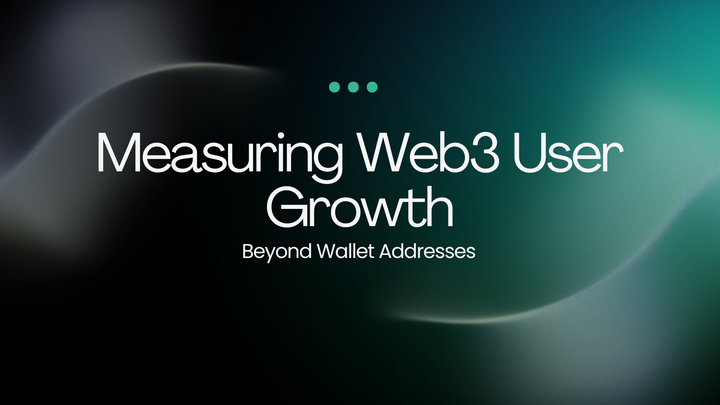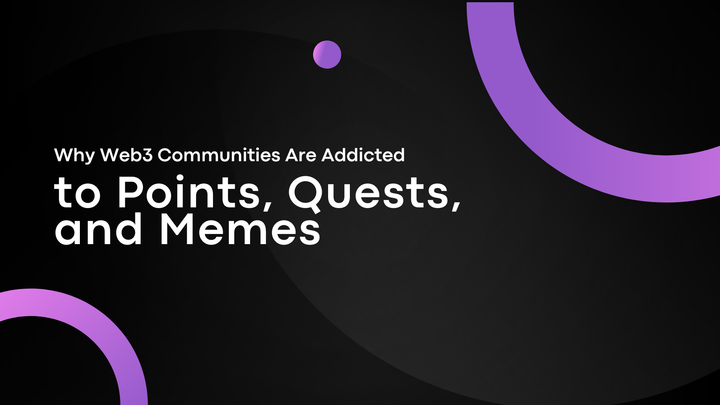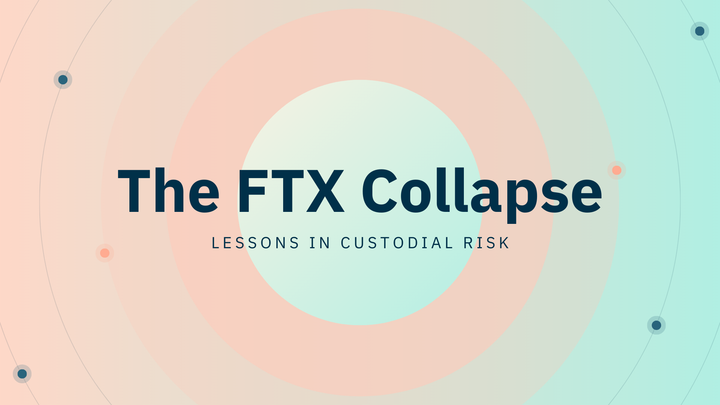Mitosis Chain Architecture and Technical Foundations

Mitosis Chain is an advanced Layer 1 blockchain designed to address liquidity fragmentation and enhance cross-chain interoperability. Through its Ecosystem-Owned Liquidity (EOL) model, Mitosis enables seamless asset transfers and efficient liquidity management across multiple blockchains. By leveraging a modular architecture, cross-chain messaging solutions, and Ethereum-native security integrations, Mitosis aims to become a fundamental infrastructure layer for decentralized finance (DeFi). This article explores the key technical components of Mitosis Chain, including its modular architecture, cross-chain liquidity solutions, security mechanisms, and scalability optimizations. Collectively, these innovations position Mitosis as a next-generation blockchain ecosystem capable of reshaping the DeFi landscape.
Modular Architecture and Cross-Chain Liquidity Solutions
Mitosis Chain is built on a modular framework, allowing developers to customize network components based on their needs. This flexibility enables efficient application development and ensures that the blockchain can evolve with emerging technological advancements. Modular architectures provide benefits such as improved scalability, optimized performance, and easier maintenance, making Mitosis highly adaptable to various use cases in DeFi. A core feature of Mitosis is its approach to cross-chain liquidity provisioning. Traditional DeFi ecosystems suffer from liquidity fragmentation due to the existence of multiple blockchains that do not communicate efficiently. Mitosis addresses this challenge through its Mitosis Vaults, a smart contract-based liquidity management system that facilitates deposits, derivative token issuance, and cross-chain asset transfers.
Cross-Chain Messaging with Hyperlane and IBC Integration
Mitosis Chain incorporates Hyperlane, an intent-centric cross-chain messaging framework that enables secure communication between blockchain ecosystems. Unlike legacy bridging solutions that rely on centralized multi-signature schemes, Hyperlane operates on a sovereign consensus model, allowing validators to verify cross-chain messages independently. This reduces attack vectors and enhances the security of inter-chain transactions. Additionally, Mitosis is exploring Inter-Blockchain Communication (IBC) integration, which would enable seamless asset transfers between Mitosis and major Cosmos-based ecosystems. IBC facilitates trust-minimized interoperability, eliminating the need for wrapped assets and reducing the counterparty risks associated with traditional bridges. By adopting IBC, Mitosis enhances its cross-chain functionality while maintaining robust security guarantees.
EVM Compatibility and DeFi Innovation
Mitosis Chain is fully Ethereum Virtual Machine (EVM) compatible, allowing developers to deploy Ethereum-based smart contracts without requiring modifications. This compatibility ensures that Ethereum-native DeFi protocols, NFT platforms, and other decentralized applications (dApps) can seamlessly migrate to Mitosis while benefiting from its enhanced scalability and reduced transaction costs.
Mitosis’s EVM compatibility unlocks several advantages
- Lower Gas Fees and Higher Throughput: Compared to Ethereum’s mainnet, Mitosis offers lower transaction costs and greater scalability, making DeFi applications more accessible.
- Composable Smart Contracts: Developers can create interoperable financial protocols, allowing lending platforms, decentralized exchanges (DEXs), and yield farming protocols to integrate seamlessly.
- Bridging and Asset Transfers: Mitosis supports cross-chain bridges, enabling users to move assets between Ethereum and Mitosis without friction.
Furthermore, Mitosis employs AI-driven liquidity management and automated yield optimization, improving capital efficiency and enhancing user experience. These innovations position Mitosis as an ideal environment for next-generation DeFi applications that require efficient and secure cross-chain interactions.
Security and Scalability Considerations
Security and scalability are foundational aspects of the Mitosis Chain’s design. To improve network security, Mitosis utilizes Ethereum-native restaking mechanisms, such as EigenLayer and Babylon. These solutions enable Mitosis validators to benefit from Ethereum’s economic security guarantees, thereby minimizing the risk of economic attacks on cross-chain transactions. Mitosis also implements a staking-based validator system, where validators secure the network through token staking. This model is complemented by slashing mechanisms, which penalize dishonest validators attempting to manipulate transactions. From a scalability perspective, Mitosis supports dynamic network structures, allowing the blockchain to partition into multiple sub-networks (similar to sharding but more flexible). This enhances transaction throughput and optimizes network performance, enabling Mitosis to process a high volume of transactions without congestion.
Additional scalability optimizations
- Intent-Based Execution Frameworks: Mitosis is developing an intent-driven architecture, allowing smart contracts to execute automated inter-chain arbitrage, yield farming strategies, and risk-adjusted staking models.
- Zero-Knowledge Proofs (zk-SNARKs): Mitosis is exploring zk-SNARK implementations to enhance transaction privacy and scalability. These cryptographic proofs enable fast and efficient on-chain verifications while reducing computational overhead.
Conclusion
Mitosis Chain introduces a groundbreaking approach to blockchain architecture by combining modularity, cross-chain liquidity solutions, EVM compatibility, and advanced security mechanisms. By leveraging Hyperlane for cross-chain messaging and exploring IBC integration, Mitosis enhances interoperability while maintaining trust-minimized asset transfers. Its EVM compatibility fosters DeFi innovation, providing developers with an efficient and low-cost alternative to Ethereum’s congested network. Through EigenLayer restaking and intent-based execution models, Mitosis ensures a secure and scalable ecosystem for decentralized applications. As blockchain technology continues to evolve, Mitosis raises key questions about the future of cross-chain liquidity management, modular blockchain design, and decentralized finance infrastructure. How will its innovations influence the broader DeFi landscape, and what new financial applications will emerge from its unique architecture? The answers will define the next era of blockchain interoperability and decentralized finance.



Comments ()